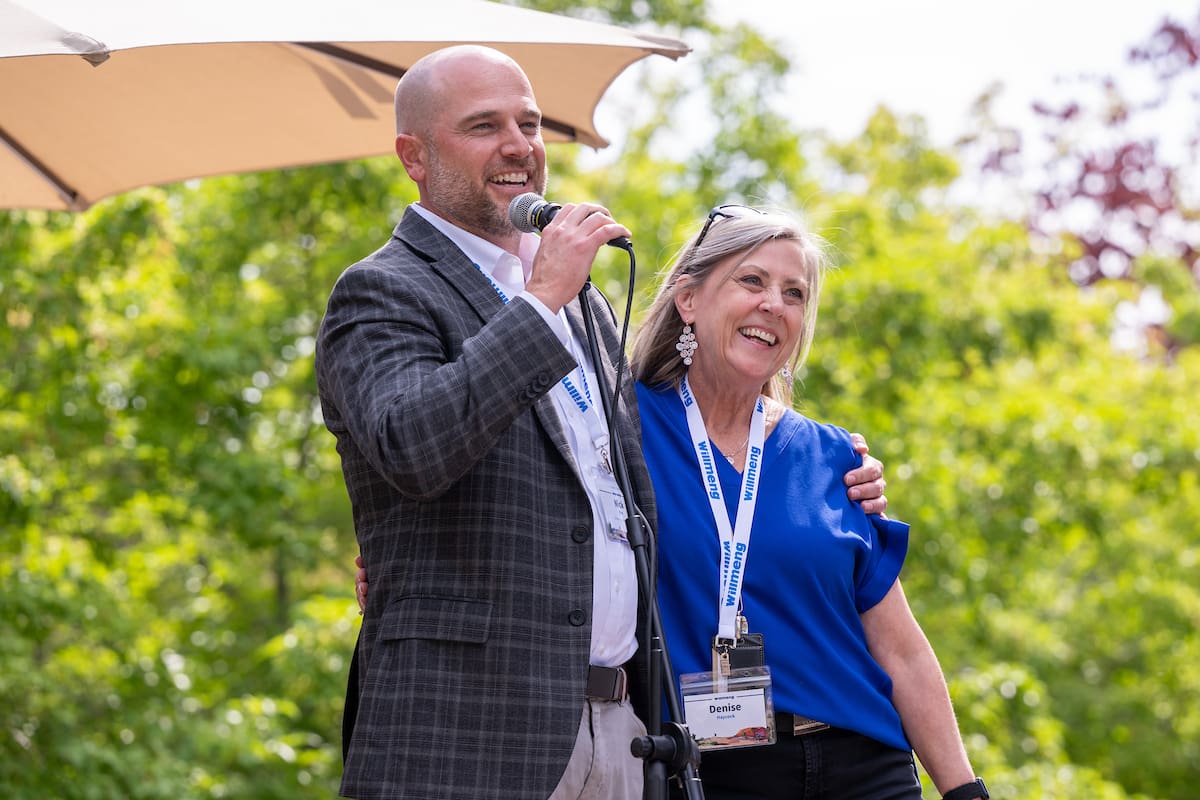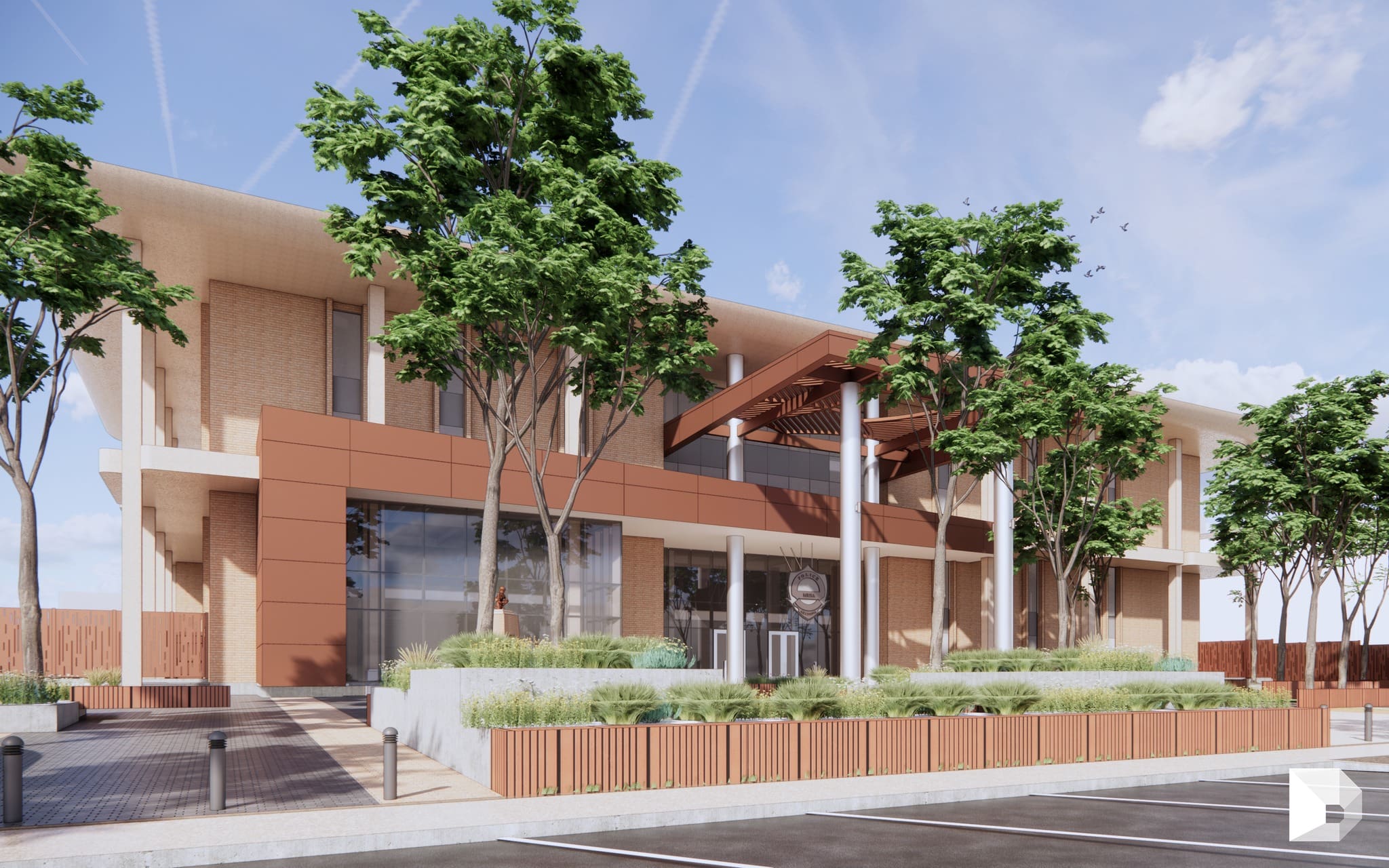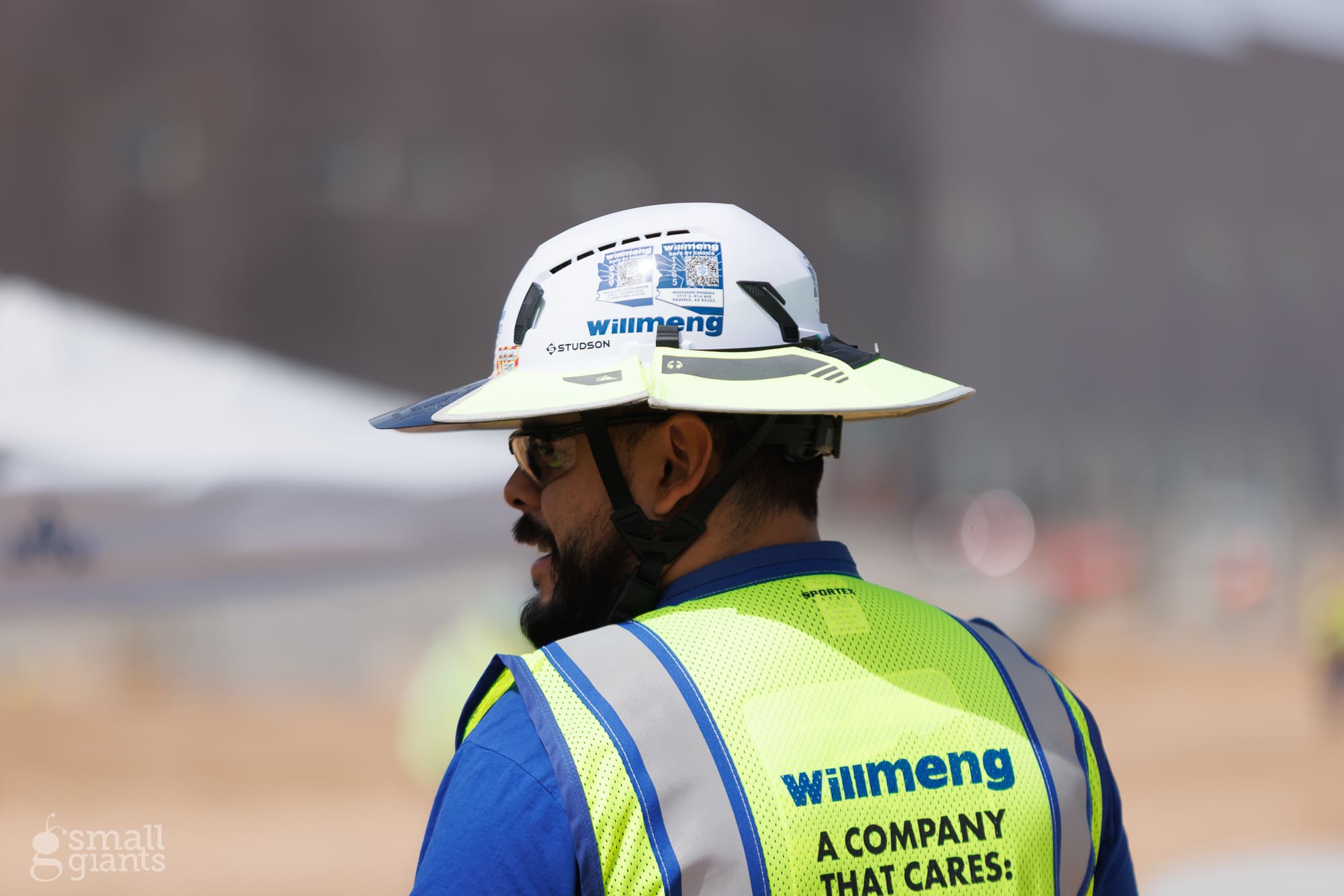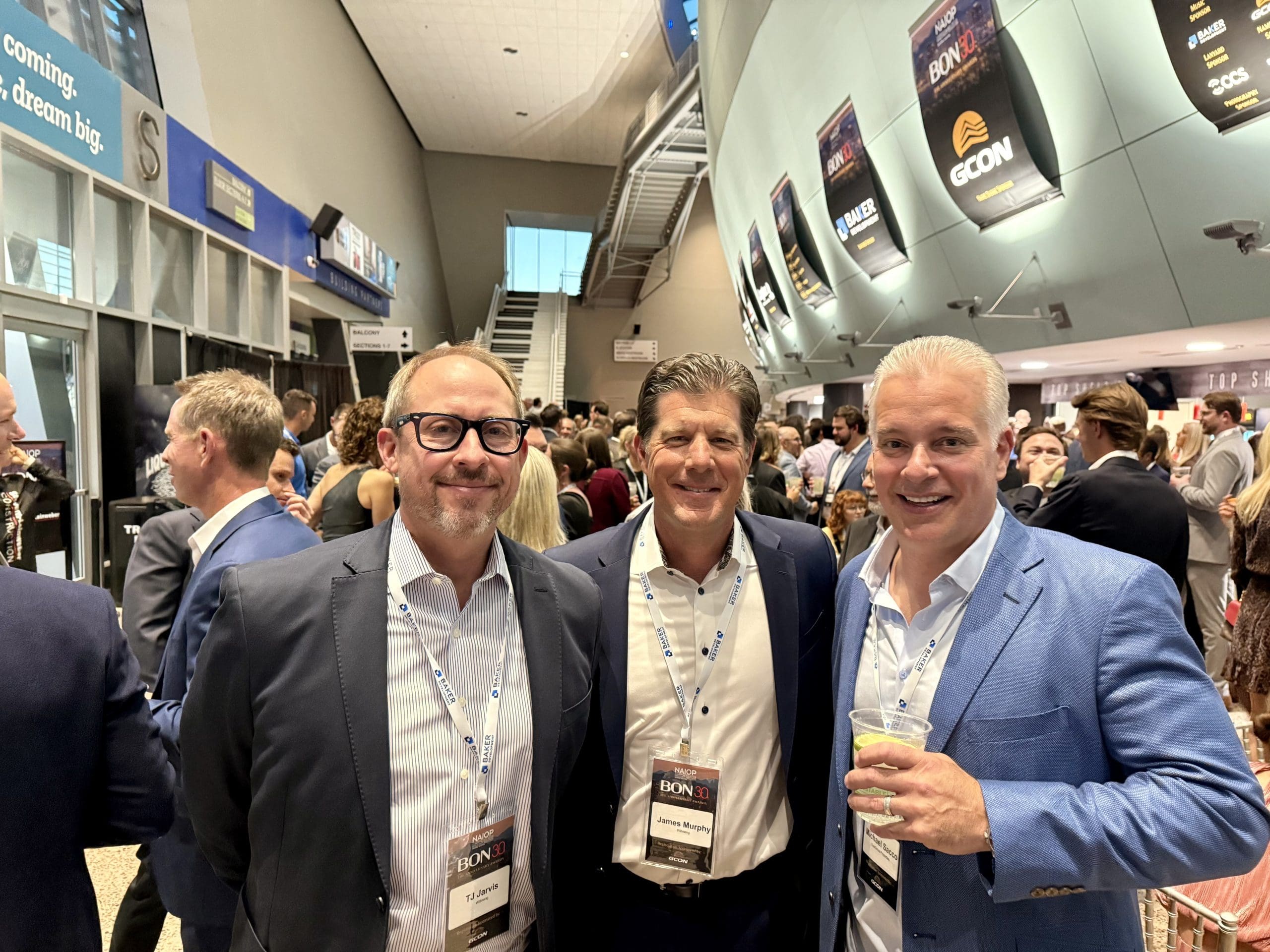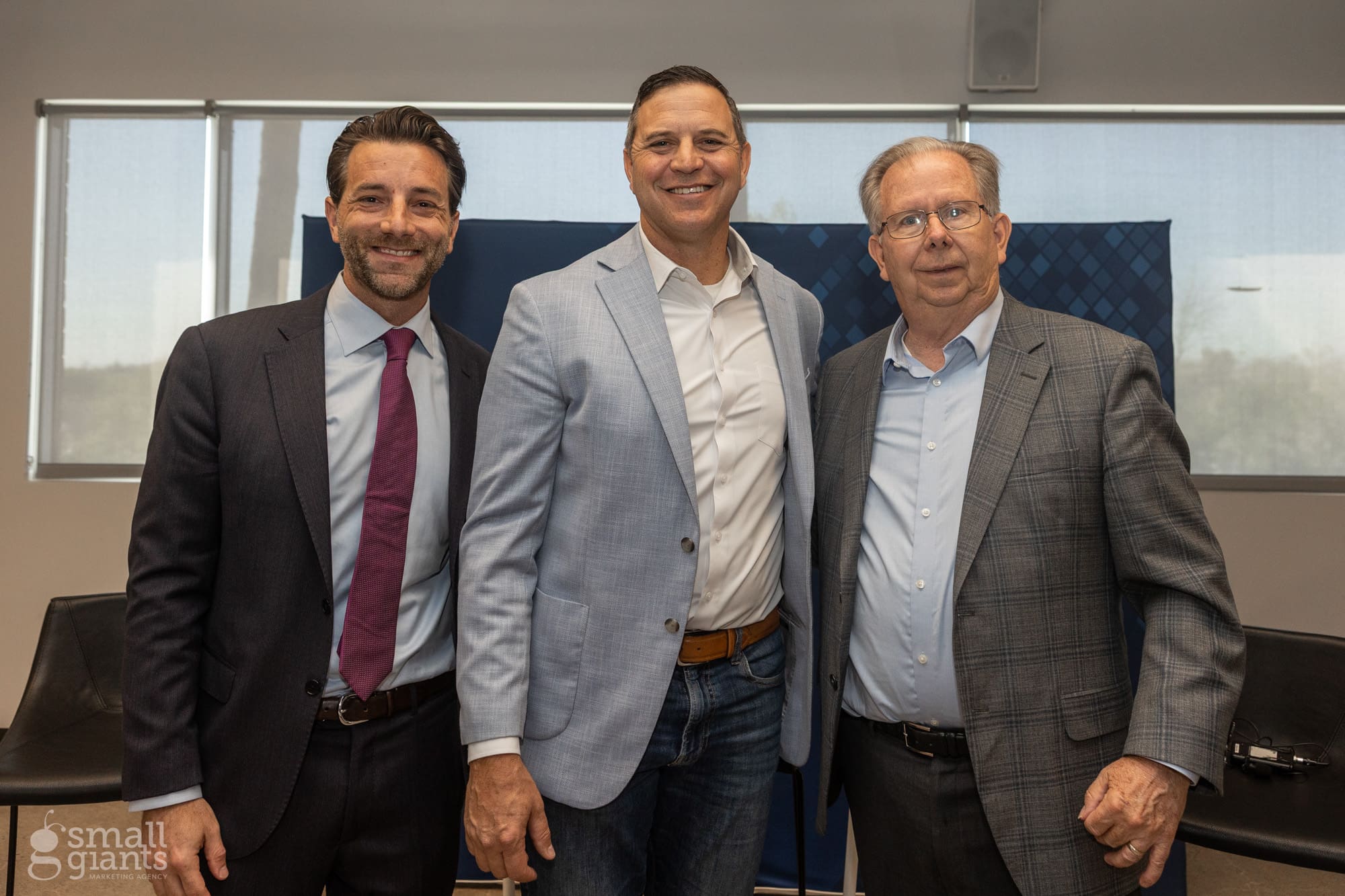Willmeng created the Fence Post series to inform clients and trade partners about issues and trends affecting the construction industry. Recently, the first session welcomed over 50 guests and offered insights into project costs for spec industrial and office tenant improvement projects. We also had the pleasure of two leaders from APS who joined James Murphy and Jimmy Lindblom for a panel discussion, providing valuable information about how the utility company collaborates with developers and builders to meet power needs amidst unprecedented development. Finally, Courtney Coolidge from the Arizona Chamber of Commerce and Lindblom discussed the upcoming election, sharing insights on key races that could impact the industry.
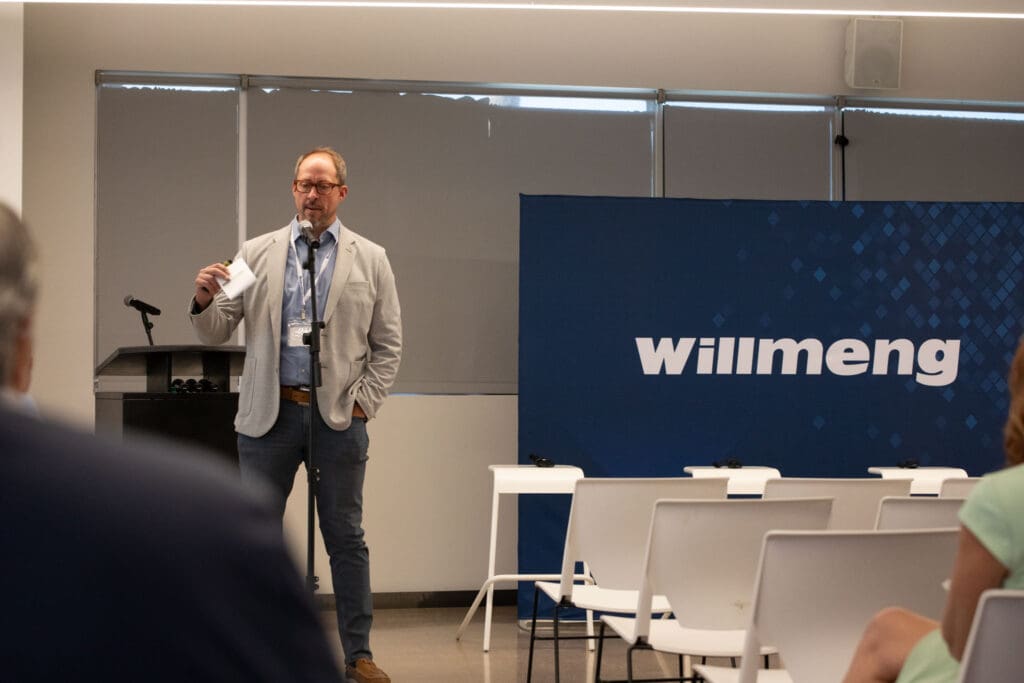
Cost Analysis
Willmeng’s Vice President of Pre-Lease Estimating Tom Jarvis opened up the first Fence Post by providing some insight about Willmeng and what separates it in the market. Jarvis touched on Willmeng’s consistent efforts to establish longstanding relationships with public and private stakeholders and how that has helped the firm grow into the largest privately-held Arizona general contractor.
Jarvis then transitioned into providing some updated cost analysis for two types of projects that Willmeng has done a lot of work on in recent years. The first was spec industrial shell, which has seen a pricing drop of 24% from the peak that the market was seeing in Q3 and Q4 of 2022. During that period, costs had risen to $100 per square foot for an average 250,000 SF spec industrial building. Those costs have dipped to $76 per square foot.
Jarvis shared some challenges that remain for these spec industrial buildings, including long lead times for some building components like electrical gear. Due to large projects like TSMC and Intel expansion, getting SES panels takes 12 months or more because demand is high for those items and manufacturers are struggling to keep up.
Jarvis also said that there are also challenges with the remaining land parcels. He said they are still available for a reason, be it in a flood plain or in need of filler material to get it prepped and ready or the lack of available power, water, and sewer. Developers will have to consider whether investing up front in the infrastructure to get a parcel ready to build is worth what the project will be valued at in the long run.
The second project type that Jarvis discussed was Class A office tenant improvement. He shared the graph that showed the costs for this project type have risen 42% from their recent low point in Q1 of 2022. The costs that Willmeng is seeing for a 10,000 SF office TI are $135 per square foot, a number that has steadily risen since 2022. A big reason behind this cost increase is the labor shortage in the skilled trades like HVAC, plumbing, and electrical. With labor taking up 30% to 40% of TI costs on a project, having the right skilled people executing the work can save time and money. But with fewer experienced tradespeople around, it creates a void in the market and costs are increased as firms do everything, they can to keep their workforce.
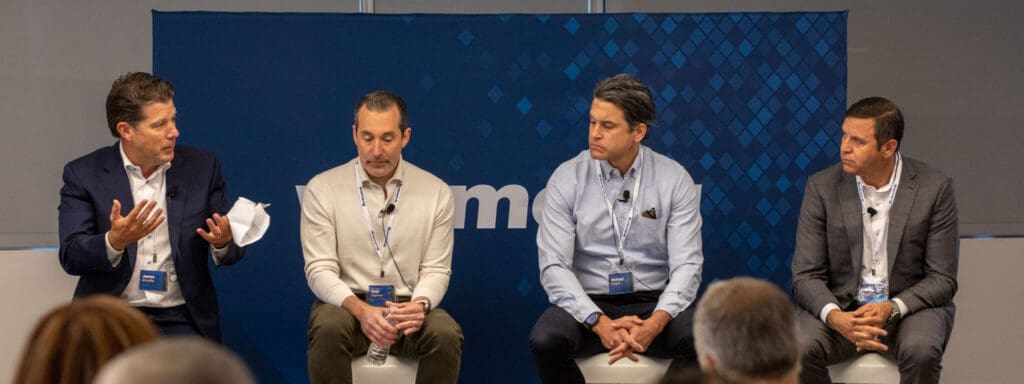
APS Panel
The Fence Post then welcomed two executives from APS, Michael Vargas, Director of State and Government Affairs; and Jose Esparza, Senior Vice President of Public Policy. They were joined by Willmeng CEO James Murphy and Willmeng VP of Economic Development and Infrastructure Jimmy Lindblom.
Murphy shared that Willmeng has placed a very high priority in establishing relationships with utility companies such as APS and SRP and how those entities are valuable partners when delivering a successful project. To set the stage for the discussion, Murphy highlighted Arizona’s success in establishing the most reliable power grids in the country, which has been a huge factor in attracting major industries, such as semiconductors and data centers.
The panel opened by answering a couple of questions from the crowd. The panel was asked if APS had any new major power plants in the works. Esparza responded that work is being done currently on smaller, modular reactors, but he expects something will happen in the next 10 years in terms of a new large-scale electrical generating facility.
Esparza highlighted APS’s strategy for handling the increasing energy demands. He mentioned that APS operates on a first-come, first-serve basis without specific allocations for future manufacturers. APS has seen significant growth due to the influx of businesses like TSMC and other manufacturers, driven by efforts from Governor Ducey and the natural growth of the state. He pointed out the challenges faced during the COVID-19 pandemic and the subsequent rise in residential energy consumption. Esparza projected a 40% growth in APS’s energy delivery by 2031, emphasizing the need for responsible management of this growth. He also noted the role of data centers in this growth, not just in Arizona but also in other states like Virginia and Colorado, due to their strategic locations for reducing internet latency.
Lindblom shared insights from a recent utility economic development conference, where national challenges of energy and power were discussed. He underscored the difficulties utility companies face in allocating power and meeting mandates, highlighting APS’s proactive approach to planning and communication. He referenced a letter APS sent last year concerning projects over 25 MW, indicating a careful balancing act between saying no and managing time and money.
A question from the audience about increasing power for refurbished buildings prompted Vargas to explain APS’s approach to working with tenants. He emphasized the importance of direct communication and having dedicated teams to manage tenants’ power needs. Lindblom reinforced the necessity for tenants to accurately assess and communicate their energy requirements from the outset to avoid delays and complications.
Vargas provided an overview of APS’s extensive service territory, which covers nearly 35,000 square miles. APS serves 1.4 million customers in 11 of Arizona’s 15 counties, including half of the Phoenix metropolitan area. He noted APS’s long history, originating in 1886, and its unique position in Arizona’s utility landscape, with 6,000 employees, half of whom work at the Palo Verde nuclear-generating station.
Esparza discussed two primary concerns for APS: ensuring a reliable and affordable power supply amid growth and mitigating wildfire risks. They implement public safety power shutoffs in wildfire-prone regions, where power can turn off under specific conditions to prevent fires. This approach, influenced by recent devastating wildfires in Lahaina and Texas, aims to protect residents and reduce liability for APS. Esparza emphasized the need for collaboration with regulators and legislators to balance safety and financial viability.
Vargas elaborated on APS’s energy mix, highlighting that the company relies heavily on natural gas, which constitutes 27% of its energy portfolio. Nuclear power accounts for 20%, coal for 15%. He noted that APS buys approximately 8% of its power from other states, capitalizing on favorable market conditions. For instance, California’s energy policies sometimes create an excess supply, which APS can purchase at negative pricing, benefiting Arizona customers.
An audience member inquired about APS’s strategy for purchasing power from other states. Vargas explained that APS makes strategic purchases to ensure affordable power. This includes taking advantage of surplus energy from California, which sometimes results in APS being paid to absorb excess power. Esparza added that APS also engages in purchase power agreements with various producers, including renewable energy providers, to maintain a flexible and cost-effective energy supply.
When the conversation turned toward utility rate policies, the panel focused on the challenges and strategies for setting utility rates, the role of the Corporation Commission, and APS’s approach to growth and sustainability.
Lindblom emphasized the importance of the Corporation Commission and SRP board elections, highlighting their significant influence on utility rate cases. He explained how APS must present rate cases to the Corporation Commission for approval, noting the complexity and competing interests involved. Lindblom stressed that recent rate cases did not fully meet APS’s needs, underlining the necessity of supporting favorable candidates in these crucial races in November
Esparza echoed Lindblom’s sentiments, praising the current Corporation Commission for its balanced approach, prioritizing a reliable and affordable energy system without imposing stringent renewable mandates. He highlighted the importance of redesigning rates to reduce regulatory lag and suggested inviting commission members to engage with the community directly. Esparza also discussed wildfire prevention measures, including public safety power shutoffs in high-risk areas, aimed at mitigating potential wildfire damage and liability.
The discussion concluded with an emphasis on APS’s role in supporting Arizona’s growth. Vargas highlighted the state’s favorable regulatory and tax environment, the absence of natural disasters, and the influx of advanced manufacturing and AI businesses. He mentioned the significant energy demands of companies like TSMC, illustrating APS’s capability to meet these needs even during extreme heat conditions. Vargas underscored the importance of maintaining a supportive regulatory environment and fostering strong partnerships to ensure the continued success and growth of APS and Arizona’s economy.
Overall, the panel stressed the critical role of regulatory bodies, the strategic management of energy resources, and the proactive measures APS is taking to support growth while ensuring reliability and affordability for its customers.
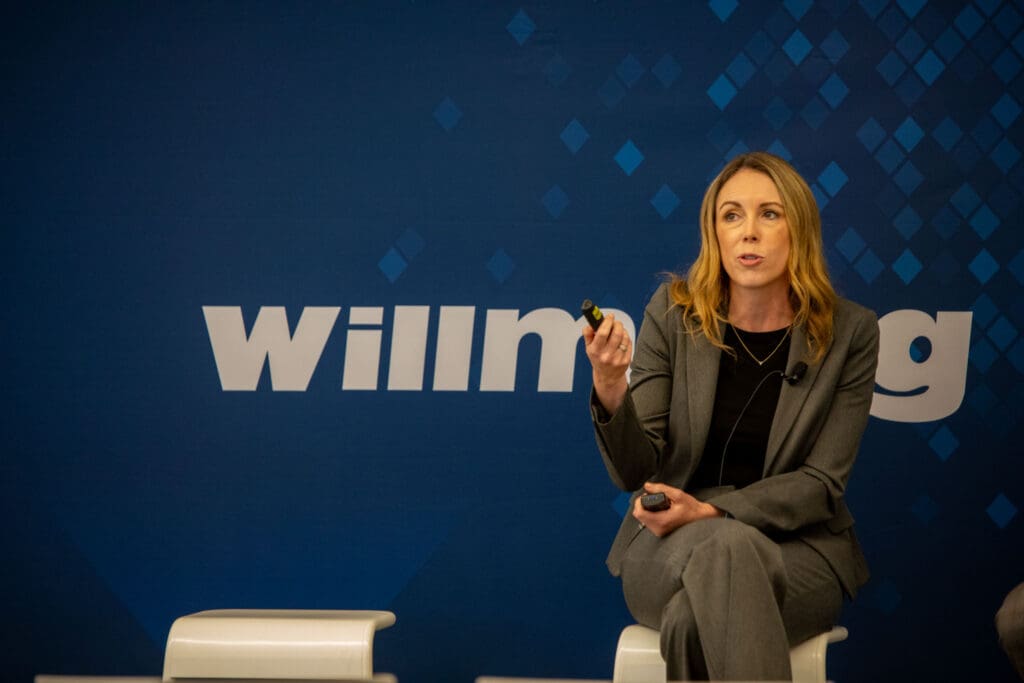
Current Political Conditions & Upcoming Elections
The final topic of Willmeng’s initial Fence Post session provided some information on Arizona’s political conditions and the impact of the 2024 elections on the business community and was led by Lindblom alongside Courtney Coolidge, VP of Government Affairs at the Arizona Chamber of Commerce.
Lindblom began by praising Coolidge and the Arizona Chamber of Commerce for their tireless efforts in navigating legislative sessions and influencing bills that affect businesses. He emphasized her critical role in protecting businesses from harmful legislation and highlighted her success in mitigating the impact of potentially damaging bills.
Coolidge provided a historical context, explaining how Arizona transitioned from a high-tax, low-growth state in the 1990s to its current pro-business environment through deliberate policy changes. She cited key achievements, such as reducing the commercial property tax assessment ratio from 25% in 2005 to an expected 15% by 2027. Coolidge also mentioned the reduction of personal property tax valuations, underscoring the Chamber’s ongoing efforts to lobby for business-friendly policies.
Coolidge then addressed the importance of the upcoming elections, stressing the need to elect legislators who understand and support business interests. Lindblom discussed the legislative makeup, noting the current slim Republican majority in both the House (31-29) and Senate (16-14). He pointed out that this majority has helped prevent the passage of numerous bills that could negatively impact businesses, such as those repealing the right to work, imposing rent control, and increasing minimum wage mandates.
Coolidge elaborated on specific legislative threats, including a bill sponsored by 20 Democrats that mandates extensive heat-related protections for construction workers, with severe penalties for non-compliance. She illustrated the potential economic impact of such regulations by comparing Arizona to Colorado, where a shift in political control led to the implementation of numerous business mandates and a subsequent economic slowdown.
Coolidge provided a warning against the potential for similar outcomes in Arizona if the political balance shifts. She cited Michigan as an example, where progressive control led to the repeal of right to work laws and the imposition of stringent clean energy and prevailing wage mandates within a year. The discussion underscored the importance of proactive political engagement to safeguard Arizona’s business-friendly environment and ensure continued economic growth.
Lindblom shared his experience interviewing 45 political candidates at the Arizona Chamber of Commerce. He highlighted that some of the top-scoring candidates were pro-business Democrats from districts typically not favorable to Republicans. This gave him hope that even if the political majority changes, having the right people in office could still protect Arizona’s business environment. He emphasized the need to improve Republican candidate quality, noting that many lacked the strategic skills necessary to advance Arizona’s interests.
Coolidge then discussed the extensive list of ballot initiatives and legislative referrals that voters will encounter. She expressed particular concern about initiatives to repeal the right-to-work laws and raise the minimum wage, which, if passed, could significantly impact businesses. Coolidge explained that if Democrats gain legislative control, they could bypass the expensive ballot initiative process of collecting signatures and directly refer such initiatives to the ballot.
Lindblom highlighted the potential reversal of decades of favorable public policies if the political landscape shifts. He recounted an interaction with a candidate who emphasized Arizona’s pivotal stage in redefining its future with advancements in manufacturing and semiconductors. Lindblom stressed the importance of maintaining forward momentum while redefining leadership to ensure continued growth and innovation in Arizona.
Both speakers emphasized the critical need for proactive political engagement to ensure Arizona’s continued economic success. Lindblom concluded with a call to action for the business community to become more engaged and vocal. He warned that outside influences are outspending local business interests significantly, resulting in the loss of pro-business candidates. To safeguard Arizona’s economic future, he urged the business community to support and elect candidates who prioritize business development and growth.
Willmeng plans to hold these informative Fence Post sessions regularly moving forward and has set August 21 for the next event.



